Editorial Note:
When I write these editorial notes I assume you all understand that the editor is Deacon Enoch (Henok;חנוך), authorially H.E. Negash. The video here is produced by Derek Cummins. He is one of the online friends I have made over the years, and alongside the angels (Luke 15:10), I rejoiced when he entered the Coptic Orthodox Church which is the right and just successor of St. Mark the Evangelist’s See (seat;throne) of Alexandria. Of course, in full communion with Antioch (Syriac Orthodox Church including our Indian St. Thomas Christian brethren of the Malabar Coast in the state of Kerala) and Mt. Ararat (Armenian Apostolic Church) and Aksum (Orthodox Tewahdo).
I first appeared on his youtube channel adoseoftheosis in May 2023 (20k views, so far). I like to think that this gently prodded him along his journey, not so that I could get any credit, God forbid, for the glory God abundantly shines and reflects upon his holy ones. And this review of ten books first appeared on his channel a couple months ago. I am reposting it here along with a few written words he added as an addendum. I hope his journey edifies you in someway, whatever your religious tradition is.
by: Derek Cummins
In a recent live stream, I opened up about something I do not always have the space—or courage—to unpack: how my family and I came to find our spiritual home in the Coptic Orthodox Church. It was not a linear journey. Like many modern pilgrims, we moved through nearly every Apostolic communion (Latins, Greeks, Afroasiatics), gathering pieces of beauty and conviction in each. But something about the Coptic tradition—its quiet strength, its uncompromising humility, its theology of suffering and resurrection held in tension—felt like home in a way nothing else had.
The stream itself was less a roadmap and more a spiritual inventory. I walked through ten books that helped shape that journey. I did not dive too deeply into each (the stream would have gone on for hours), but these works were more than informative—they were transformative. Some broke me open. Others gently healed me. Each one played a role in forming not just how I think about God and the Church, but how I live, pray, and carry pain. These books aren’t just “resources” to me, they are companions, mile markers, and in some cases, a means of grace of their own.
What strikes me, again and again, is how Oriental Orthodoxy—Coptic, Syriac, Armenian, Ethiopian, etc.—is almost never seen as a live option for those exploring historic Christianity. Rome and Constantinople (East Rome) dominate the imagination. Alexandria and Antioch often go ignored. And yet, what I have encountered here is nothing short of holy ground. The Coptic Church does not try to sell itself or smooth its edges. It offers something better: a witness forged in martyrdom, a liturgy that does not aim to impress but to transform, and a theology of the Cross that runs deep into every aspect of life. It’s not flashy. But it is real. It is slow. It is stable. And in an age of spiritual fatigue and fractured identity, that matters.
Below are the ten books I mentioned in the video. I am not offering them as a syllabus, but as stories—each with its own way of drawing you closer to the mystery of Christ through the lens of Oriental Orthodoxy. Some of them are deeply theological, others more personal and poetic. All of them are worth your time:
A powerful biography of St. Pope Kyrillos VI, whose hidden life of prayer and miracles shaped modern Coptic spirituality.
A landmark Christological work that anchors the Orthodox understanding of the Incarnation (of him becoming flesh), written by a father allegedly accepted by Latins, Greeks, and Afroasiatics.
A poetic and profound memoir of an American biker and his wife’s journey to the Coptic Church.
Characteristics of the Spiritual Path
One of the most honest, soul-stretching guides to the interior life I have ever read.
The Council of Chalcedon Re-Examined
A scholarly yet accessible analysis of the council that split Latins and Greeks from Afroasiatics—critical for understanding Oriental Orthodox identity.
A haunting, beautiful account of the twenty-first century twenty-one Coptic martyrs of Libya—lay saints who bore witness to Christ with their blood.
A deep-dive into the shape and theology of the Coptic Orthodox Liturgy.
Agpeya (Coptic Orthodox Book of Hours)
The daily rhythm of prayer (also called the breviary, or liturgy of hours) that has reordered my days and centered my soul.
A rich, accessible, and challenging exploration of prayer in the Orthodox tradition.
Elements: The Transfiguration of Elijah
The first of five small, enigmatic, and deeply moving books that explore mystery, suffering, and transformation with stunning originality.
If you’re on a journey—any kind of journey—toward God, toward wholeness, toward truth that heals and transforms, I would invite you not to overlook Oriental Orthodoxy. It might not be on the map you were handed. But it’s been here all along, waiting quietly, with incense and psalms and the kind of mercy that takes root over time. It might just be the home you didn’t know you were missing.
Notes:
-The Poor, a title given to Abouna Matta (Fr. Matthew) is in Arabic El-Miskeen. This is a cognate of both Ge’ez and Amharic which has entered the English lexicon through the great city of Toronto (whose only part I have graced is the airport on the way to Ottawa) via Arabs and/or Somalis, as have alhamdullilah (thanks be to God) and inshallah (God-willing) and mashallah (God willed it) and astaghfirullah (I seek God’s forgiveness), and is most prominently featured as a tattoo on the forehead of the artist formerly known as Wheelchair Jimmy.



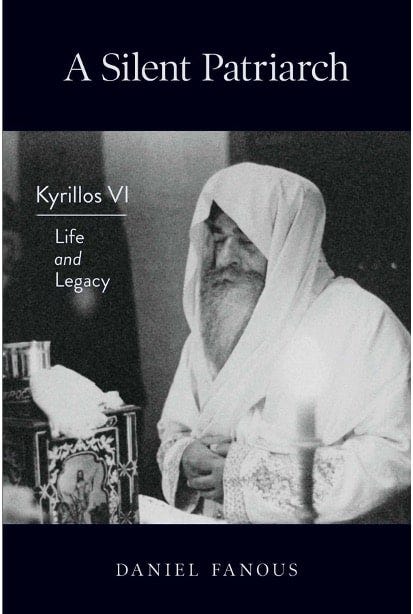
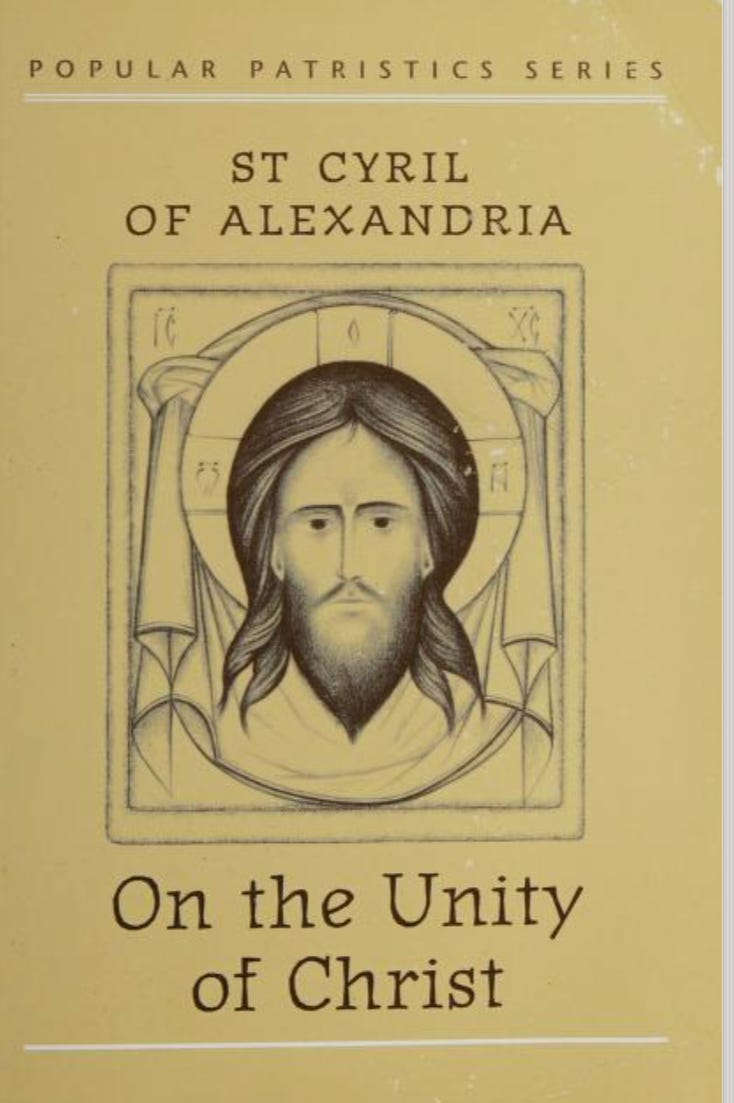

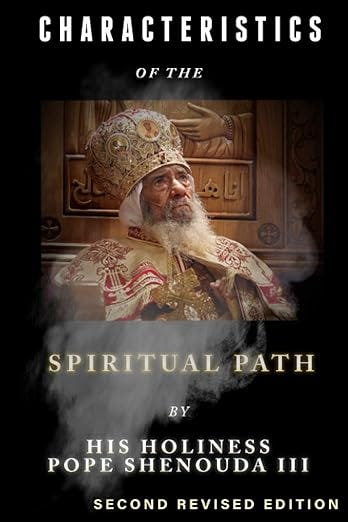
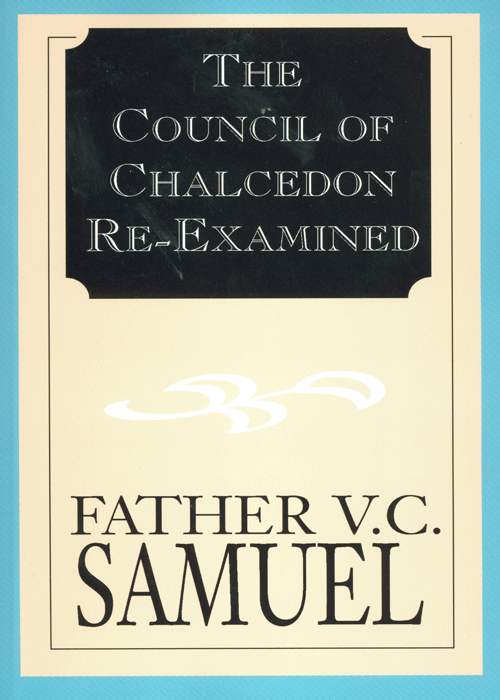
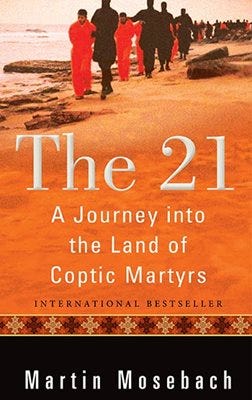
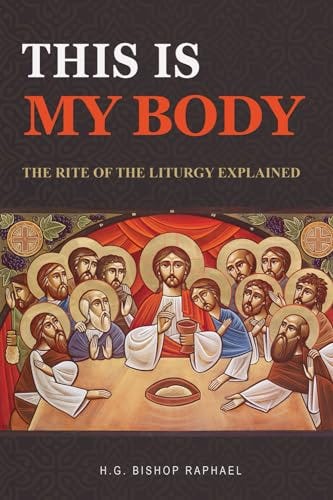
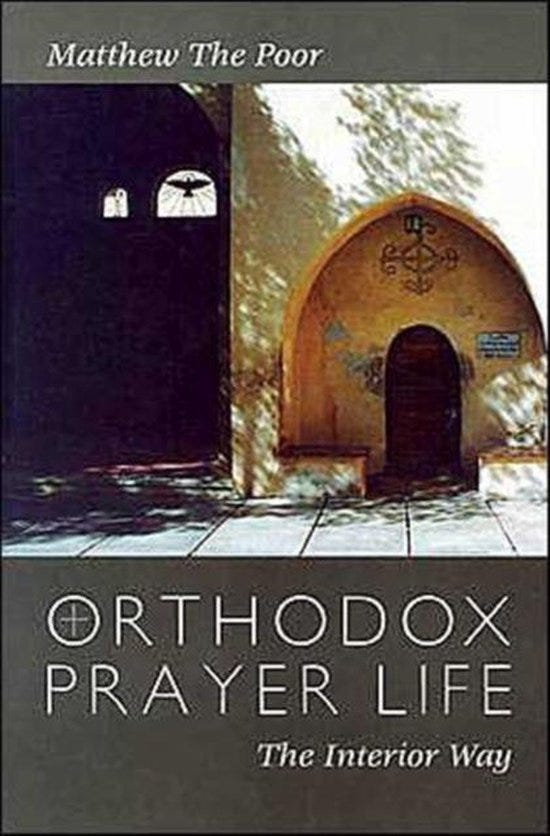

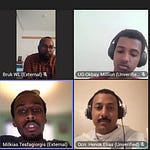
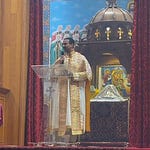




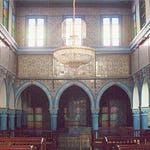
Share this post